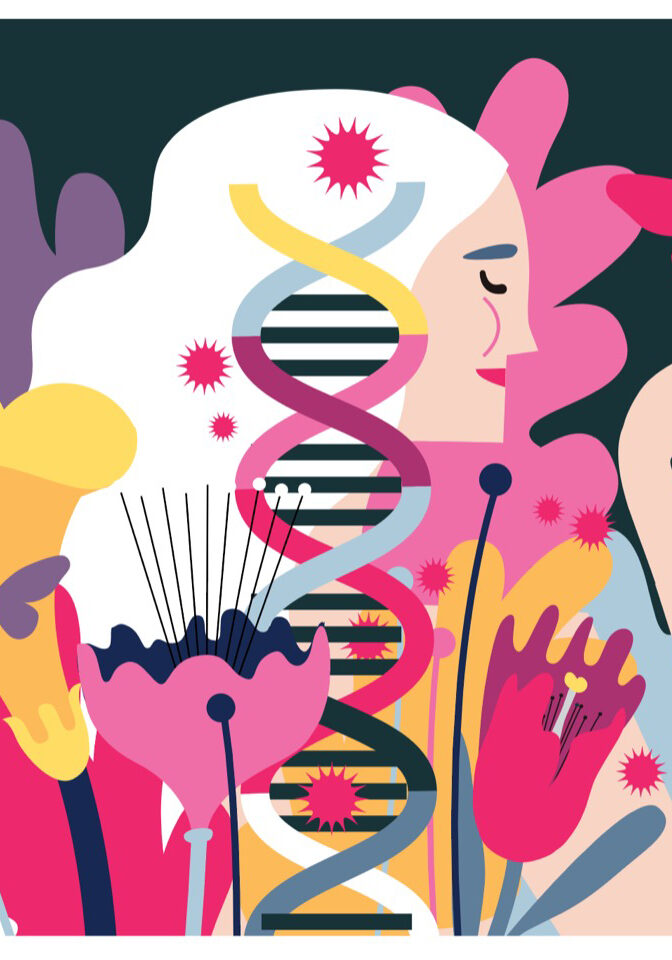
Despite our current or future efforts, viruses won’t go away. In fact, they’ll linger with us more intimately than most of us expect.
Did you know that buried in our DNA are ancient viruses? At least 10 percent of our human genome represents sequences from viruses that have made their way into our DNA structures over time. And, amazingly, viral DNA may have actually shaped some aspects of human biology that today we take for granted.
Evidence suggests that pieces of ancient viral DNA contribute to the development and function of the human placenta. The outer layer of the placenta is essentially a wall of cells that ensures mother and baby work in consonance. The formation of this wall relies upon an ancient snippet of virus, which at one point integrated into the DNA of our ancestors in order to replicate itself. But it has since been co-opted for a different function entirely — to help nourish a growing baby in the womb.
In the 104th psalm, most of the verses about creation emphasize the purpose that the created entities serve: the grass for the cattle, the moon to mark seasons, and the trees to house birds. Then in verse 26, it says God created the Leviathan simply so it could frolic in water. Part of God’s wisdom in creation is indeed order and purpose; another part is pleasure and wonder.
At the heart of creation is God’s joy. Humankind is that unique slice of creation that gets to delight in creation right alongside our creator. We get to peer into what Ephesians 3:10 calls the “manifold wisdom” of God, and thereby draw nearer to God’s joy.
For me, this is a lot of what the scientific enterprise is about. Science encourages me every day to open my eyes to the overabundance, almost prodigal amount, of created things all around us — even viruses. Most of us wonder at the world when we are little. As we get older, we often slip into a pragmatic or utilitarian view of the world.
Taking deep pleasure in creation links my work as a scientist and my life as a Christian. The sheer vastness of the created order and the diversity and complexity of created things are thought-provoking and awe-inspiring. The role of viruses in bringing about new human life doesn’t take away from God’s authorship of our lives. It adds a wonderfully surprising color to the truth of Psalm 139 that God knits us together in our mother’s wombs — and he uses viruses to accomplish this.





